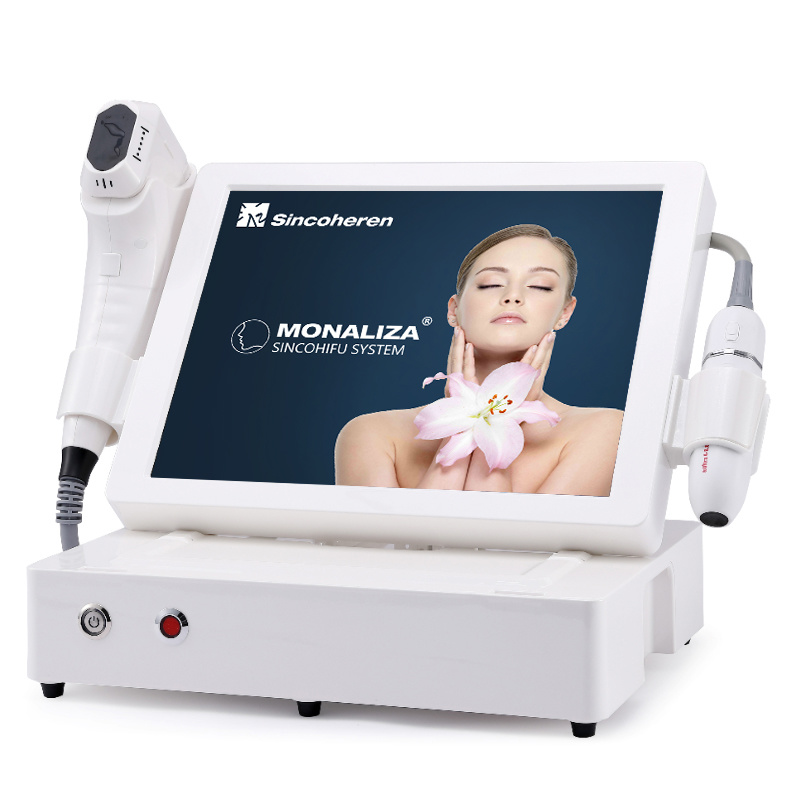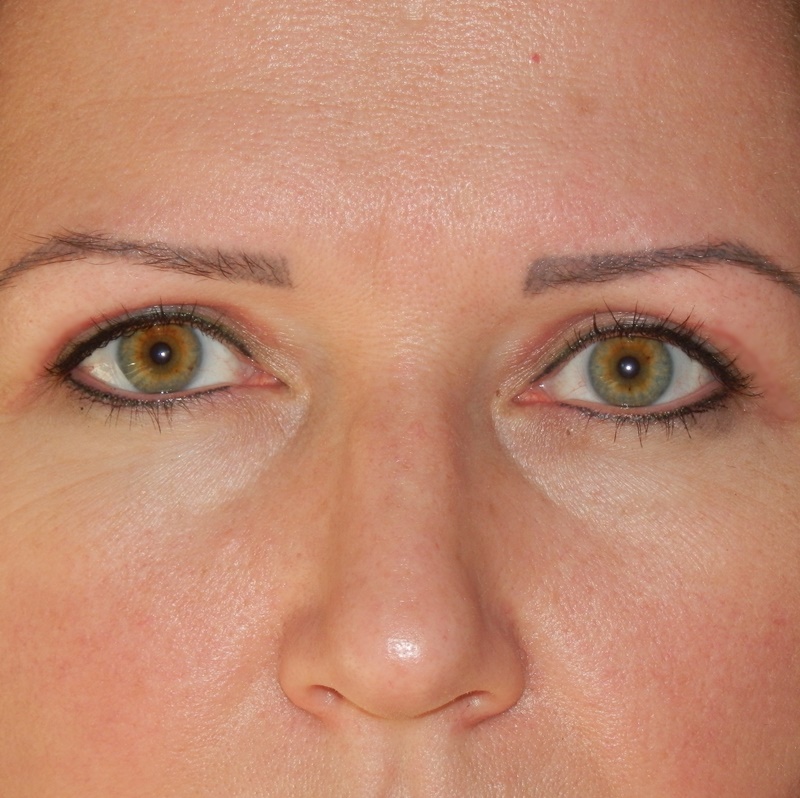
In some cases, a snore operation may be needed to stop the condition. These operations are carried out using surgical techniques. One example is somnoplasty. This uses heat energy to alter tissues. This procedure is performed under local anesthesia in an outpatient setting. People with sleep apnea should not undergo this procedure.
Results of snore operations
Snoring can be treated with a variety of surgical procedures. Most cases are successful and can reduce or eliminate the snoring. Some procedures can improve the sound level and reduce the size of the soft palate, which contributes to snoring. Each patient will have different results.
Recent publications have shown that minimally invasive surgery can reduce snoring. However, the results have not been good for patients with obstructive snoring. Patients often want minimally invasive surgery to stop their snoring, despite the lack of evidence.

MMA surgery
MMA surgery to relieve snoring may help a person sleep better and breathe easier. Radiofrequency energy is used to create controlled lesions in the soft tissue that cause obstruction. Scarring reduces flappy tissue volume and stiffens the rest of the tissue. The procedure can be performed in several areas of the airway: the soft palate at the base of tongue, the nasal turbinates, and the soft palate. It is performed under local anesthesia.
The success rate of MMA surgery is very high. The procedure can be completed in two to three weeks. Patients can return to their normal functions within 2-3 weeks. A skilled and experienced surgeon is required for this procedure.
Laser-assisted uvulopalatoplasty
Laser-assisted uvulopalatoplasty, or LAUP, is a surgical procedure to address the underlying causes of loud habitual snoring. It is performed under local anesthesia and involves the use of a CO2 laser to open up the oropharyngeal airway. Although it isn't effective in eliminating all types of snoring, LAUP has shown promising results in reducing the severity of upper airway resistance syndrome.
LAUP is a single stage procedure that's performed under local pain management. An experienced ENT physician will perform the procedure. The patient is then positioned in a seated posture while wearing protective glasses. The surgeon first sprays a 10% lidocaine solution onto the palate and base of the tongue. In addition, 2% mepivacaine is injected on either side of the base of the uvula. A hand piece attaches the laser to the patient's lips. This is a common surgery procedure. A "backstop" prevents the laser damaging the posterior of the pharynx.

Ruhrpumpen surgery
For many patients, lifestyle changes or medications alone are not enough. Ruhrpumpen surgery may prove to be the best option in these cases. This procedure uses radiofrequency energy (RFI) to create controlled lesions within soft tissues. These scars close the airway, strengthening the surrounding tissue. The procedure can be performed on several different areas of the airway, including the soft palate and base of the tongue. The procedure is done under local anesthesia.
Patients who have severe or chronic snoring may also benefit from this surgery. This procedure involves the removal and sometimes resection of soft tissue in the throat, as well as the uvula. The procedure is used to treat chronic, uncontrollable snoring for many decades. But new techniques are being introduced to improve its effectiveness.